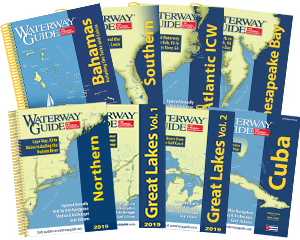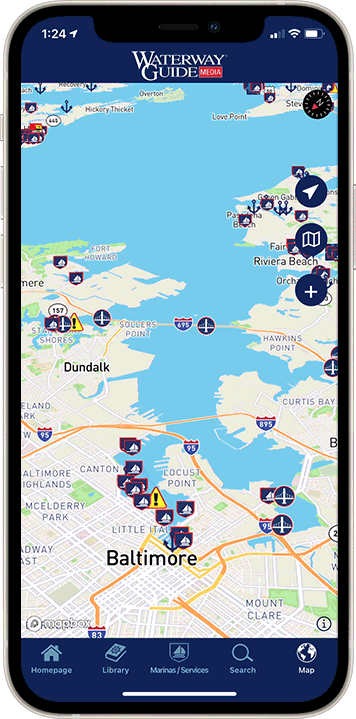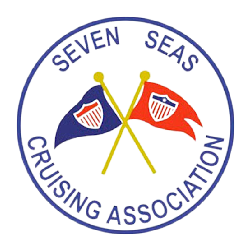
Understanding how trim tabs work is the first step to using them effectively, getting up on plane, and smoothing out your ride
In a perfect world, your boat would pop up on plane and run relatively flat and level with no input from the helm. But that's in a perfect world. In reality, boats are rarely evenly weighted port and starboard, and adding passengers often destroys whatever balance the designers engineered in the first place. The good news is there's an easy fix in the form of trim tabs.
Trim tabs are a pair of "paddles," for lack of a better word, at the transom of your boat. They articulate up and down at a hinge that rests just slightly above the bottom edge of the transom. In some cases, these tabs are mounted into specially designed pockets, so they don't protrude behind the boat. But they're still recessed so they don't interact with the flow of water past the hull until they're deployed.
The tabs are controlled at the helm with two buttons or joysticks - one for port and one for starboard - marked "Bow Down" and "Bow Up." The beauty of these individual controls is twofold. First, they allow the tabs to work independently, so you can correct for a list to port or starboard using a single tab.
Second, they're wired so that activating the portside tab controller actually makes the tab on the starboard side of the transom deploy, and vice-versa, so you have intuitive control at the helm.
 When you want to lower the port side, you simply press "Bow Down" on the port tab controls, and the starboard tab deploys to lift the starboard corner of the transom, lowering the port side. The lift that is necessary to lower the bow is created when the tabs begin to interact with the water.
When you want to lower the port side, you simply press "Bow Down" on the port tab controls, and the starboard tab deploys to lift the starboard corner of the transom, lowering the port side. The lift that is necessary to lower the bow is created when the tabs begin to interact with the water.
In their fully retracted position, trim tabs don't interact with the water as it races past the hull when the boat is on plane.
However, if you push "Bow Down" on one or both of the tab controls at the helm, the tabs at the stern deploy downward and begin deflecting water.
This does two things: it creates lift at the stern, lowering the bow. And it creates drag, reducing your efficiency slightly.
Note that on inboard-powered boats, this can improve the angle of thrust from the props, canceling out the increased drag.
You can also use the trim tabs to level out the boa and adjust for list by deploying the trim tab on the side of the list.
When adjusting the trim tabs to correct for a list, it's best to use short bursts of trim, then pause to allow the boat to settle so you can judge the effects of your adjustment.
Overcorrecting can lead to an unpleasant surprise, with the boat heeling over hard without warning, particular if your passengers shift around in response. Also, get into the habit of making sure your tabs are fully retracted before pushing the throttles forward each time you go to get on plane so you don't get caught off guard by a tab-induced list.
Most trim-tab manufacturers offer an auto-retract feature for this reason.
In addition to correcting for a list, trim tabs can also be handy to raise or lower the bow of the boat slightly when heading into a quartering sea. You can often improve the ride and reduce the amount of spray by changing the way the bow and chine interact with the chop as you cut across the wave faces.
With a hard-chine boat, lowering the leading edge of the chine on the windward side by deploying the trim tab on the opposite side can knock the spray down sooner, reducing the amount that flies back into your face at the helm.
However, lowering it too far can make it catch the face of each wave, resulting in more pounding than necessary. With a round, soft-chined boat, you may want to raise the windward side of the bow.
The spray will come up farther back on the hull and may be thrown clear of your position at the helm. Experimenting a bit with your boat will reveal what method works best for your circumstances.
This article was reprinted with permission from BoatU.S. Magazine, flagship publication of the membership organization Boat Owners Association of The United States (BoatUS). For more expert articles and videos to make your boating, sailing, or fishing better, visit Boatus.com












